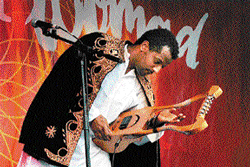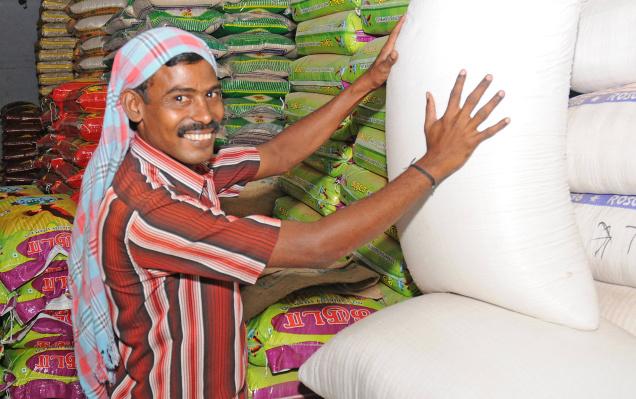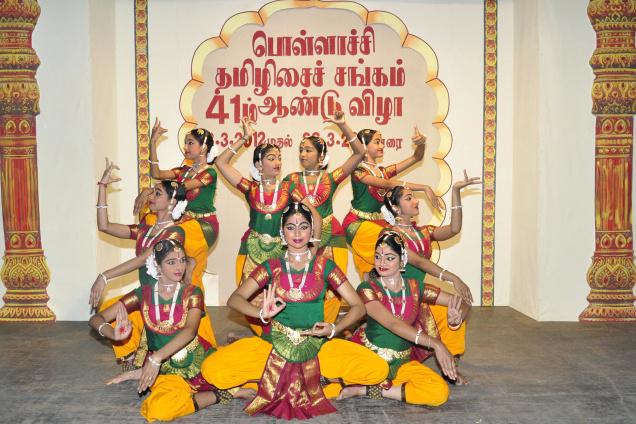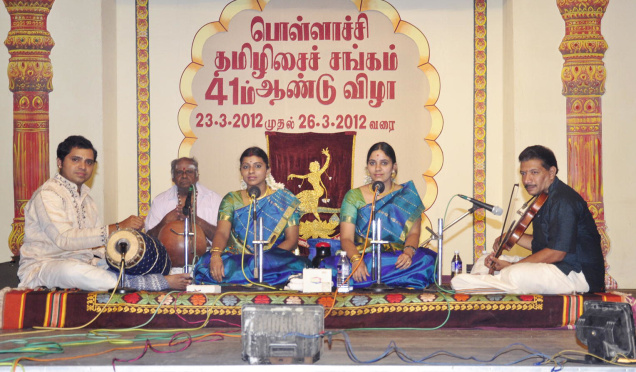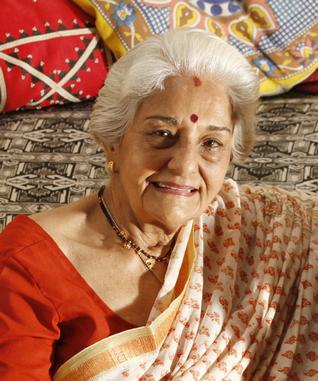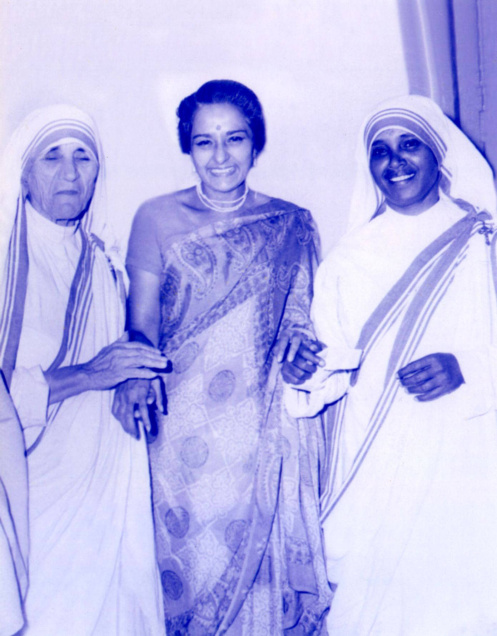Instrumental
Music festivals throw up surprises to connoisseurs of music. It may be experimental music, blend of diverse forms of music, prodigies or ethnic music and musical instruments.
Jimi Hendrix, for instance, came into limelight at the Woodstock festival of music and arts in New York in 1969.
Music lovers who assembled at the Music Arts and Drama (MAD) Festival held at the Fernhill Palace in Ooty from April 5 to 7 were treated to some eclectic music. Among them was the Krar Collective, the London-based trio which performed traditional Ethiopian music. The Krar Collective comprises Temesegen Tareken (Krar player), Genet Asefa (singer) and Amare (drummer). The star of the show was krar, an ethnic musical instrument from Ethiopia. It was wired to an amplifier in its modern version.
“Krar is one of the oldest instruments in the world that is still played today like it was thousands of years ago. Some people say it comes from the harp of King David that is mentioned in the Bible,” Temesegen Tareken said in an interview.
Describing the instrument, he said, “Krar is a lyre and harp with five or six strings. The very traditional ones are made with a bowl covered with animal skin with two wooden arms to hold the strings, but the modern krar has a wooden body and an electric pick up. We can pluck the strings or strum them like a guitar. We don’t press our fingers on something like a guitar neck but just open or close the strings by touching them.”
The Krar Collective are musicians from Ethiopia, but met in London and played in many shows and festivals in the Ethiopian community and around UK. They focus on dynamic roots music from different parts of Ethiopia and different traditions, though also look to add a contemporary edge.
In 2011, they were selected from 750 bands to perform at the international world music showcase, Womex in Copenhagen. “That was really good for us. After that suddenly we have emails each week inviting us to play in different countries like Finland, Canada, Germany, Switzerland and so on,” recalls Tareken.
The MAD festival in Ooty was their first show this year on their first world tour. They have recorded an album on Riverboat Records and this will be released internationally in September. They are excited about sharing Ethiopian culture all over the world.
Says Tereken, “We mostly sing traditional songs from different places in Ethiopia and different tribes. Also, some of the songs are in different languages. We have 90 languages in our country.
The songs have different styles of dance and costume too. Because we use electric krar with traditional kebero drums, we are able to give them a modern way of playing and people can dance. We are just three people, but we think we make a big sound!”
“We never dreamt we would come to India, so this is a real adventure for us, and maybe it will open doors to many more of such visits,” says Tereken.
source: http://www.DeccanHerald.com / Home> Supplements> Sunday Herald arts & culture / Sunday, April 15th, 2012
